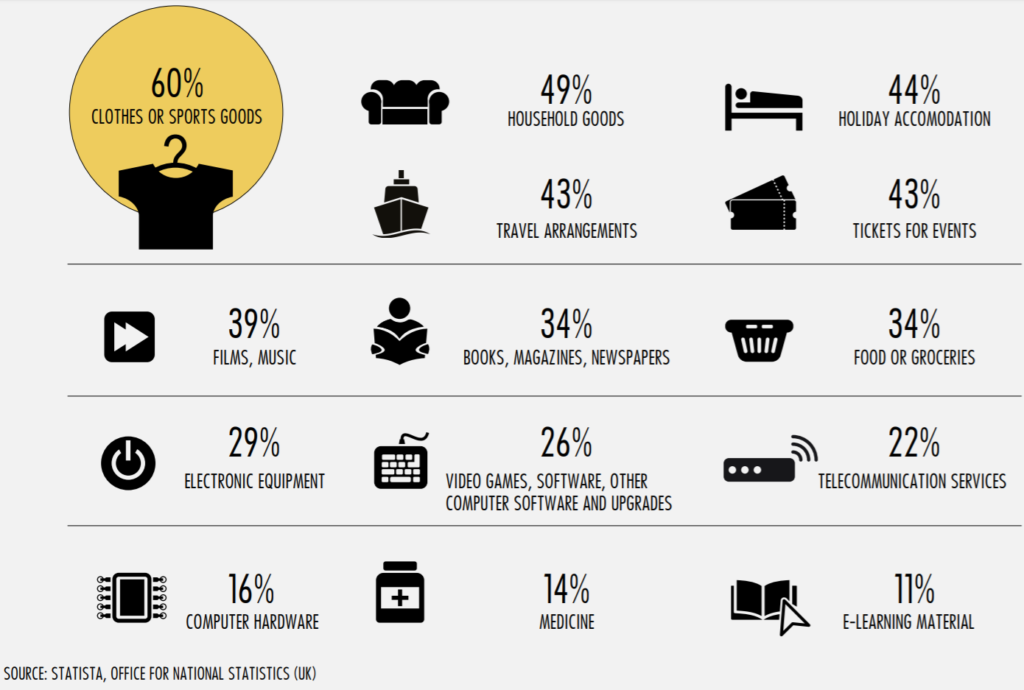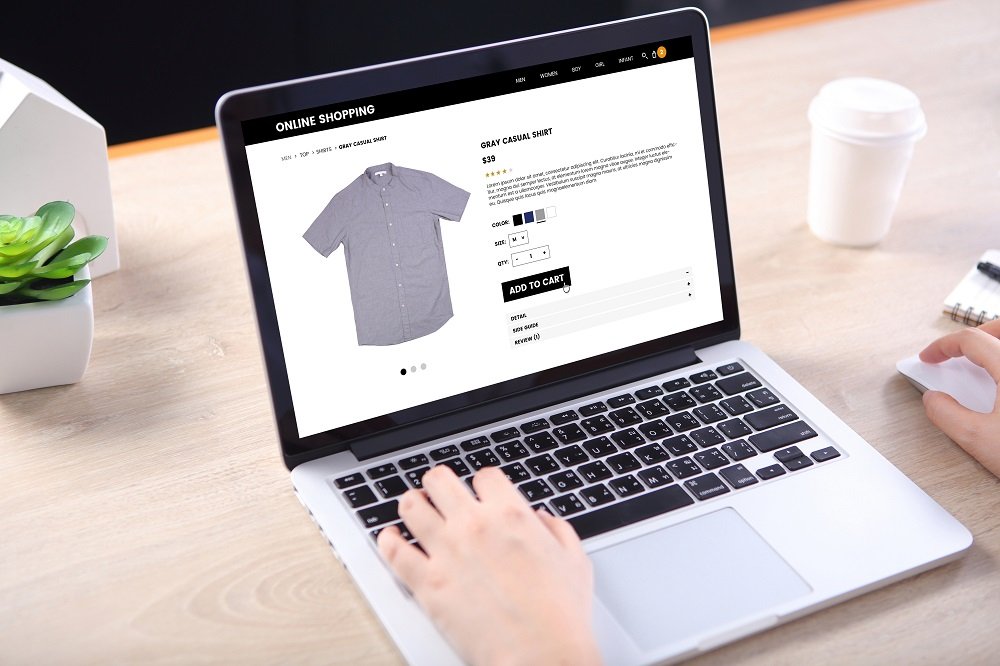Long before e-commerce was the powerhouse it is today, online retailers could submit their pages to search engines for indexing. Submission would guarantee indexing one way or the other. Those were the good old days, but they are long gone.
If you are a digital marketer or SEO developer, the most profound truth you can embrace right now is this: it is not possible to index the entire web. With billions of web pages now online, there isn’t a supercomputer capable of keeping up with it all. Google admits as much on its website.
So if 100% indexing is no longer possible, how do search engines decide which pages to index and which ones to ignore? No one really knows. But it makes sense that e-commerce pages would be last on the list for crawling for the simple fact that they are so numerous and not always keyword rich.
Category and Description Pages

For SEO purposes, e-commerce sites are broken down into two types of pages: category and product pages. The category page is a broad page that lists all available products in a given category. Product pages are those pages devoted to pitching individual products.
The trap of e-commerce SEO is to devote almost all of one’s attention to category pages while ignoring product pages. But that only gives search engine algorithms reason to not index individual product pages. Algorithms perceive product pages as being too generic, so they skip right over them.
Addressing What We Can Control
Coming to the realization that complete 100% indexing is impossible can be hard on SEO experts. It is a tough pill to swallow when you consider the possibility that some pages may be left out even after putting a ton of work into them. So what are e-commerce SEO developers to do? Address those things we can control.
We cannot control how Google or Bing algorithms decide which pages to index. We cannot control how their algorithms react to our signals. However, we can improve our signals in order to reach a certain quality threshold, with the understanding that search engine algorithms can now measure quality.
What does quality look like in an e-commerce listing? That depends on the industry. The threshold is likely lower for something as common as men’s and women’s clothing. When you are talking about something as specific as medical equipment, the threshold is likely higher.
How Google Determines Quality

Reaching a certain quality threshold isn’t a hard and fast science. Even what constitutes e-commerce quality isn’t clearly defined. However, a post on the Search Engine Land website suggests five things Google probably uses it to determine the quality threshold for a given industry:
- Experience, authority, and trustworthiness (EAT)
- Content source (brand, retail entity, etc.)
- Content relevance and scope
- Competitor content for identical searches
- A range of historical data and other factors.
EAT was mentioned first because it seems to be a hill that e-commerce SEO developers are willing to die on. They put most of their efforts into it with the expectation that doing so will get past the indexing problem. Yet focusing exclusively on EAT is to miss the bigger picture.
Getting a Handle on E-Commerce SEO

If this is all new to you, you might be wondering whether you are doing e-commerce SEO correctly. First of all, breathe. Even following traditional SEO practices will help keep an e-commerce site in the game. The indexing problem is not likely to cause the bottom to fall out on your sites.
For you, getting a handle on e-commerce SEO is about attacking the quality threshold from the customer’s experience. Remember that Google’s number one priority is to serve up results that make its users happy. Without users, they don’t make money.
When you are putting together a category or product page, don’t look through the lens of the manufacturer or retailer. Do not optimize pages to impress them. Optimize pages to appeal to the people you want to purchase the product.
Simple Tips to Get the Ball Rolling
At this point, you could use some help getting the ball rolling in the quality threshold department. To that end, we offer the following tips compliments of Webtek Digital Marketing, a leading digital marketing and e-commerce SEO provider based in Salt Lake City, Utah:
1. Create Descriptive Title Tags

Keyword research will help you understand how consumers search for the products you or your customer sell. Use those terms to develop eye-catching title tags that tell both customers and search engines what a product page is about.
2. Create Better Links
E-commerce SEO developers know how important calls to action are. But forget the old standbys like ‘click here’ and ‘find out more’. They do not impress Google algorithms anymore. Google would rather see internal links connected to anchor text that actually tells their algorithms what the linked page is about. Give search algorithms that inside information and the quality of your page goes up.
3. Enhance Product Page Templates

Standard e-commerce practice is to use a template for product pages. This cuts down on build time and provides a measure of consistency that makes consumers comfortable. However, the temples themselves will not score very well in terms of the quality threshold.
You can enhance templates by adding things like customer reviews and FAQs – just like Amazon does. You do not think Amazon’s enhancements are accidental, do you?
4. Don’t Forget On-Site Search
Speaking of Amazon, don’t forget onsite search optimization. If your client sells on sites like eBay and Amazon, those sites have their own internal search engines. Learn how they work and optimize for them. If your pages perform well onsite, they are likely to meet Google’s quality threshold as well.
The way Google indexes the web has changed dramatically over the last two decades. A hundred percent indexing is impossible, so some pages are left off. Do not let those pages be your e-commerce category and product pages. Learn how to improve the quality threshold so that algorithms don’t leave your pages behind.



